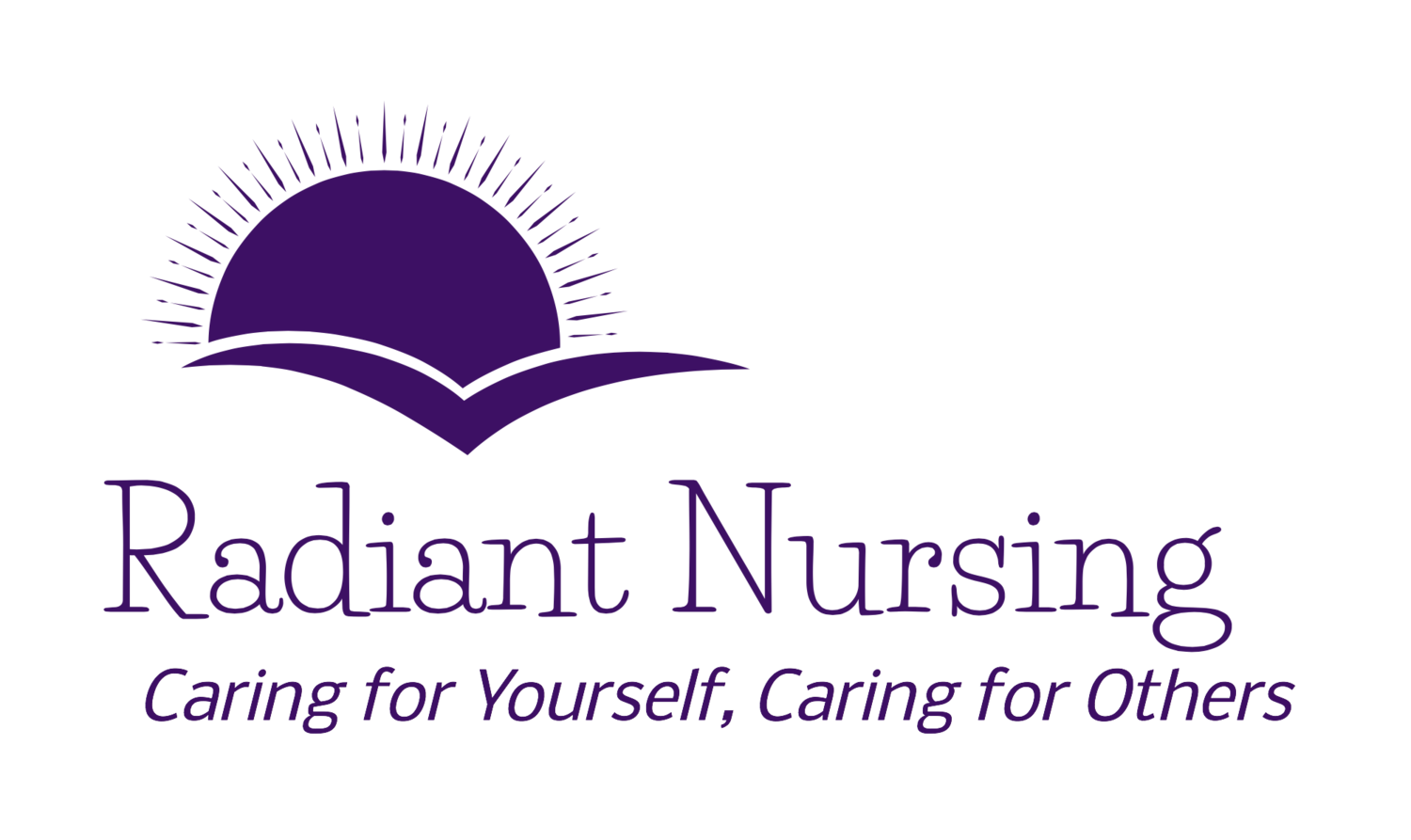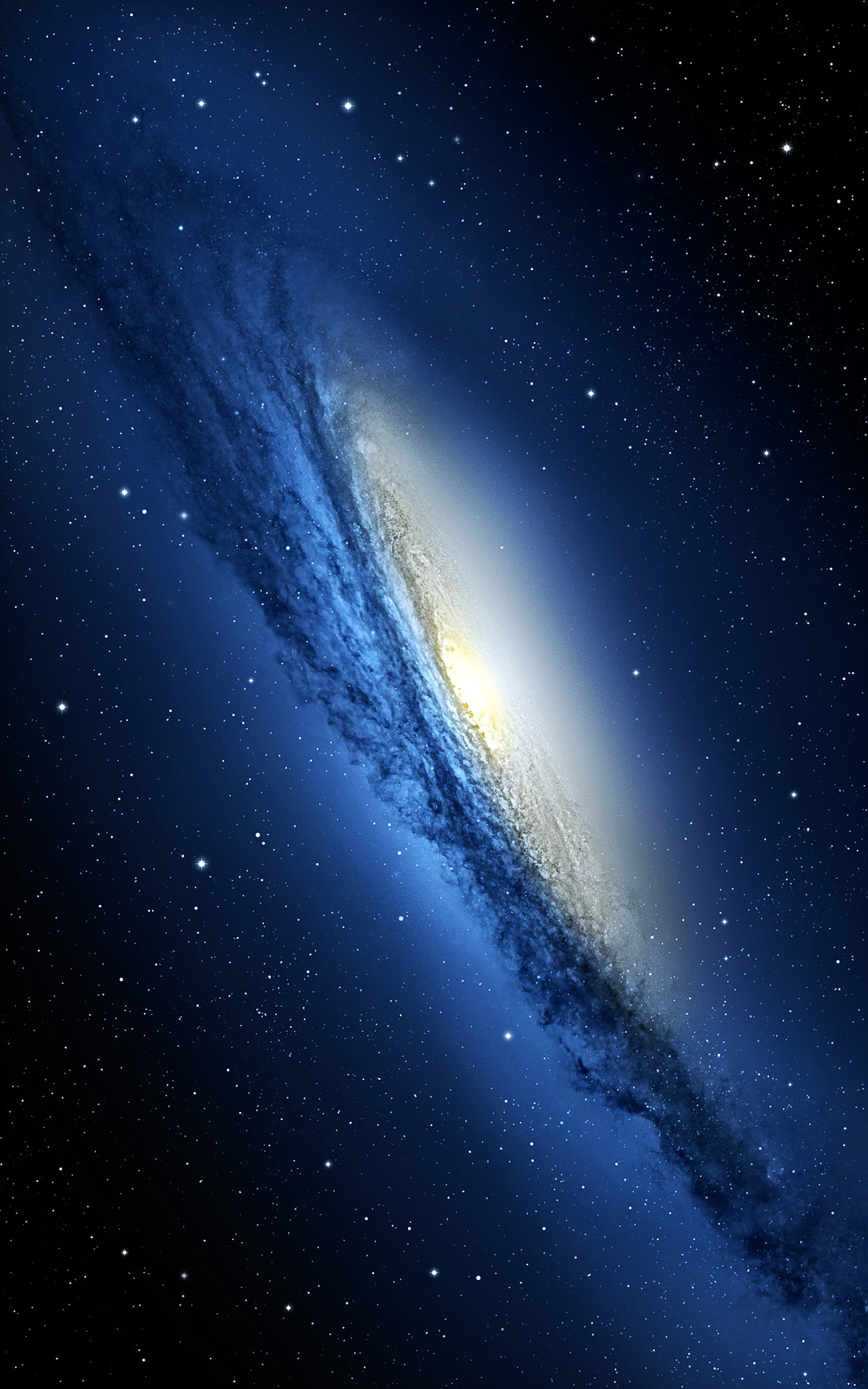Micro-Cosmos, Up Close And Personal
/Welcome To The Micro-Cosmos
In our last post, we looked at the Macro-Cosmos in terms of galaxies and the Constellation of Leo.
Now let's explore nature in the other direction, into the Micro-Cosmos.
We could choose many levels of the micro-world, going in as far as neutrons and protons. However, we'll stop at the level of insects and snails.
The World Of Tiny Creatures
In the first photo, a spider guards her eggs. Captured in macro-photography, we are drawn to these magical orbs. Photographer is Ondrej Pakan.
Pakan has over 2,000 photos on 500px that represent hours of patience and getting up early with the dew and the dawn to capture, up-close, the insect world. It's a world we don't normally see from our vantage point.
Here, we have morning dewdrops on a fly.
Pakan writes:
“It’s always a big surprise for me to find out how many species, forms and colors exist in this kingdom.
I see the things around me a bit differently after each visit in this micro-world.
I try to look at them in their own way.”
Feathers On Mosquito Antennae
Lush feather-like hairs on the antennae of this mosquito capture the slightest movement of air. Many humans would like to have lashes this lovely.
The breath of life breathes upon all tiny animals and they spring into existence. They pirouette in the dance of life in their miniature worlds. Their secret lives spin around us and we stand beside them in the same experience of birth and death.
Who can say their lives are of "less" importance?
Perhaps we don't need a designation of greater or lesser.
Curious Snails
Take a look at the photography of Vyacheslav Mischenko. His work focuses on the wonders in the land of snails.
In this link is a collection of many of his snail photos. You'll come away with a new appreciation of this under-valued creature.
Mischenko's photos capture the evident curiosity of these snails.
They may move at a much slower pace in comparison to us, yet snails are not any less vibrant with life and wonder.
Liiving With A Heart Wide Open
When we run through the days of our lives, we tend to scurry past everything and miss the details around us.
We can pause, even just for a moment, and open our hearts to all the quiet secrets the world has to share with us
Explore Our Micro-Cosmos
Students of The Radiance Technique® (TRT®) can use their TRT® hands-on in their heart center to bring them more in touch with listening to and becoming aware of the little ones on our planet.
In our meditation, we start from where we began, as star stuff with the Macro-Cosmos and then travel to the Micro-Cosmos where we share this planet with all of God's creatures.
From stars in the sky to a spider web at our feet:
“The cosmos is within us. We are made of star stuff.”








